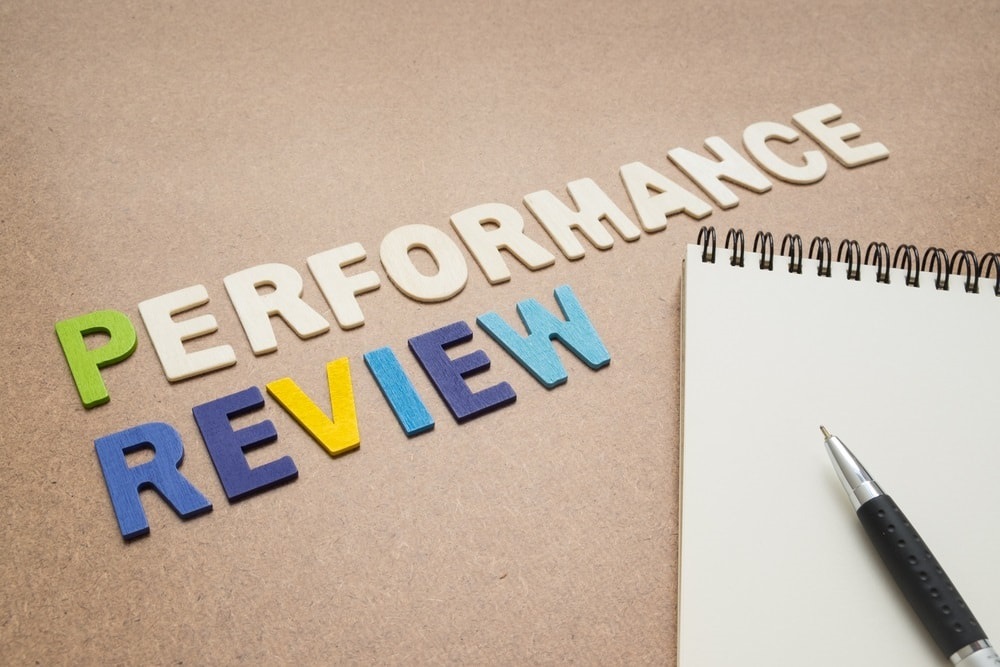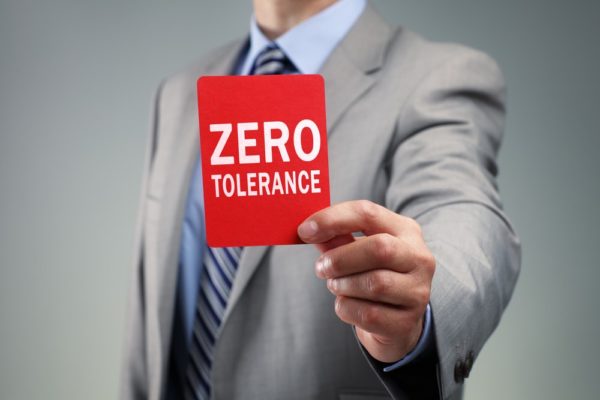
Until recently, performance appraisals were mostly an annual affair, but that’s changing as human resource (HR) and business leaders look to improve talent management processes to engage and retain top-performing employees.
In fact, HR professionals are now tasked with understanding “the business” of the business, which means working collaboratively with leaders at all levels to find ways to get the most out of the organization’s talent today and in the future.
As a result, more and more companies are moving away from annual performance reviews and traditional rating systems and instead looking to adopt something that is more in-tune with the pace of their business — processes that are far more fluid and agile.
This is a good thing, according to Dominique Jones, Chief People Officer at Halogen Software.
Jones has 15 years of HR experience, and I spoke with her recently to get her take on how and why performance management practices are evolving. Here are five takeaways from our conversation:
1. Why old approaches aren’t working today
Performance management is supposed to improve employee performance all year long, not just once a year. Too often, the traditional approach of annual appraisals doesn’t fulfill that basic purpose because it is separate from the daily rhythm of business operations.
Changing workforce demographics and technology have influenced the shift to an ongoing approach to performance management. A company’s talent is its greatest asset and biggest competitive differentiator. With this in mind, it makes sense to adopt a talent management strategy that is more forward-looking and focused on development.
But the reality is that we’re not getting rid of annual reviews anytime soon because they still have their place.
What’s changed is the purpose of annual reviews — they are no longer one-time events to talk about employee performance. Rather, they offer an opportunity to reflect and summarize relevant activity over the entire year as part of the ongoing performance management process.
2. Next-generation review practices for modern workforces
Instead of relying solely on yearly reviews, forward-thinking companies are reinventing performance management activities to be more collaborative, personal and adaptive, as well as leveraging technology to support managers and employees performing core HR functions.
To support the shift toward ongoing performance management, front-line managers are being given the tools and resources to provide continuous feedback and coaching for employees on a regular basis.
It’s important for managers to be able to provide feedback in a timely and meaningful way, so training in this area helps ensure that a culture of feedback is developed properly.
Finally, managers can look for opportunities to support employees at various points during the year, such as during regular one-to-one meetings or check-ins, while reviewing progress on goals, after projects are complete and during career development discussions.
3. Teaching managers to be more effective and inspirational
The agile approach to performance management works better for employees and for companies because it keeps employees top-of-mind. If business priorities shift, leaders can ensure employees are aware, and with the right tools available, managers can work with employees to adjust their individual goals to align with the company’s new direction.
It works the same way if goals remain the same. By working together, managers and employees can link staff commitments directly to organization goals.
Commitments alone aren’t enough, though. Managers need to monitor progress to make sure employees are making headway. Once managers have the resources in place to do that, it becomes simple to provide frequent feedback and make sure employees are consistently meeting expectations.
4. Helping managers become better coaches
It’s trendy to focus on tactics to get the most out of employees within a generational category such as baby boomers, millennials or Generation Z. With a shift to ongoing performance management, it makes more sense for managers to coach the individual instead. After all, a strong relationship between managers and employees impacts engagement and talent retention.
A personalized approach to performance management helps managers establish a trusting relationship with employees. Managers need to understand how to tailor their communication and approach to each member of their team. A personal approach also helps managers replicate the conditions for high performance because they can understand what motivates employees, what makes them tick and what they need to perform at their very best.
5. HR’s evolving role in supporting business goals
Technology is playing a more central role in virtually every business unit, and HR is no exception. HR technology can support better business decisions as it relates to talent management, but only when it is integrated as part of the business rhythm — not separate from it.
Additionally, HR technology provides managers and employees with a central view of all ongoing performance and development activities and a simpler way to review and revise commitments and development plans and gather and provide feedback across multiple devices (desktop, mobile and tablet).
The bottom line: A more fluid and agile future
For all of these reasons, Jones notes that companies are increasingly shifting away from annual performance reviews and traditional rating systems.
A more agile business climate and new generations of tech-savvy employees demand new approaches, and that’s why HR professionals and managers are adopting ongoing review strategies that reflect the pace of business operations. Jones offers a view of the future of the performance review process, and it is more fluid and agile.
 Dana Manciagli is a career expert, speaker and consultant. She has spent more than 30 years as a Fortune 500 sales and marketing executive and is now retired after more than a decade at Microsoft. Dana is the author of the book, “Cut the Crap, Get a Job!” and a prolific blogger. She sits on the worldwide board of Junior Achievement and has her MBA from the Thunderbird School of Global Management.
Dana Manciagli is a career expert, speaker and consultant. She has spent more than 30 years as a Fortune 500 sales and marketing executive and is now retired after more than a decade at Microsoft. Dana is the author of the book, “Cut the Crap, Get a Job!” and a prolific blogger. She sits on the worldwide board of Junior Achievement and has her MBA from the Thunderbird School of Global Management.


